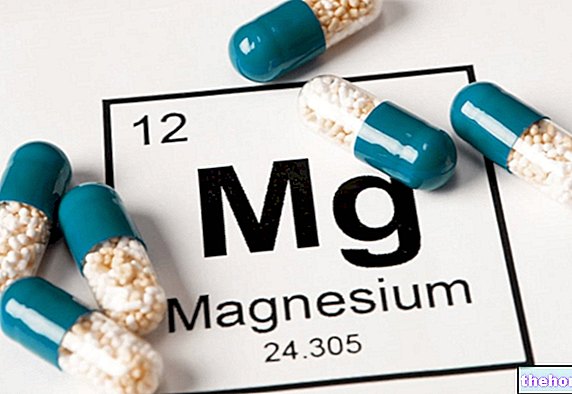Importance of Iodine
To ensure the proper functionality of the thyroid, it is very important to evaluate the contribution of the various sources of iodine, mostly represented by natural foods, supplements and fortified food products (such as the famous iodized salt).

Iodine content in food: What does it depend on?
The foods richest in iodine are sea fish and crustaceans; eggs, milk and meat also contain important quantities. Lower and extremely variable concentrations based on the richness of iodine in the soil, are found in vegetables and fruit. In the past, before the introduction of iodized salt, food deficits of varying degrees were quite common in those territories where the land, and inevitably their fruits and the meat of the animals that drew nourishment from them, were particularly poor in iodine. "water is a minimal source of the mineral; the richest is the marine one (50 μg / L), while in the United States the average drinking water is only 4 μg / L (WHO, 1988).
The watchword, when it comes to iodine in food, remains however "variability"; just to cite an example, the meat and eggs of a chicken fed with a small percentage of fishmeal contain iodine in concentrations that are much higher than to the meat of an animal raised in the traditional way.
Iodine in food
The contribution provided by the iodized salt is associated with that of common foods, guaranteeing coverage of the daily requirement in the context of a varied and balanced diet. It is a common kitchen salt to which iodine salts have been added; for this reason it maintains the same aspect of traditional salt and does not have particular odors or flavors, nor does it obscure that of the foods to which it is added. To avoid iodine losses as much as possible, it is advisable to consume it raw (salt the food after cooking) and store it in a cool place away from light and humidity. Cooking also reduces the iodine content of the food, with losses of about 20% for frying, 23% for grilling and 58% for boiling (WHO, 1996).
The iodine content of foods depends on:- from the soil from which they derive (plants);
- from the iodine fortification of feed (milk and derivatives);
- from the environment in which the animals intended for food (marine fish) live.
The aforementioned dietary sources of iodine can only pale in the face of the extraordinary richness of marine algae. Some brown algae classified in the order of Laminariales (kelp alga, laminaria japonica, laminaria digitata), contain extraordinarily high quantities of iodine, up to 100-1000 times higher than that of sea fish.
Recommended contributions
Currently, a daily intake of 150 µg of iodine (in adults) is recommended. To ensure normal development of the child, pregnant and lactating women must take higher quantities, respectively 220 µg / day and 290 µg / day. In kombu, approximately 100,000 µg of iodine per 100 grams are found (almost 1000 times the recommended intake), while in fish particularly rich in the mineral, such as sardines or cod, concentrations do not exceed on average 250 µg / hg.
Excess of iodine
To date, the toxic levels of iodine have not been exactly specified, also due to the fact that these are many times higher than the adequate doses. It is generally recommended not to exceed 500-1000 µg / day (in relation to the dietary habits of the population).
For what has been said, it is however evident that the excessive consumption of some seaweed-based supplements can be dangerous for health and cause a particular form of hyperthyroidism. The risk is further increased in the case of an abrupt transition from a very low iodine diet to a conspicuous dietary supplementation.






.jpg)





















